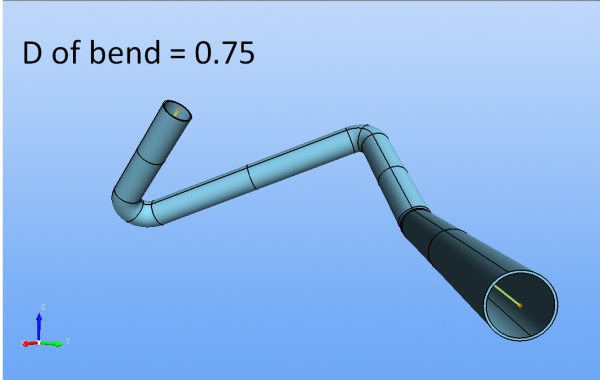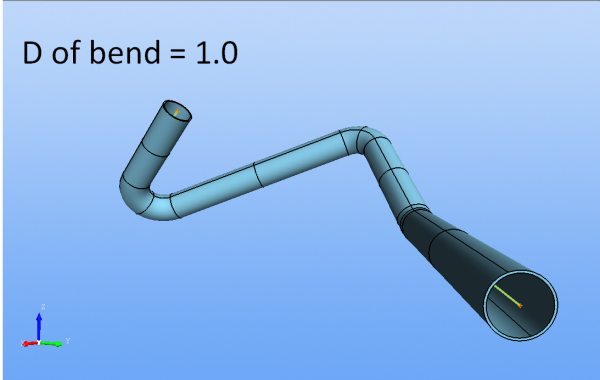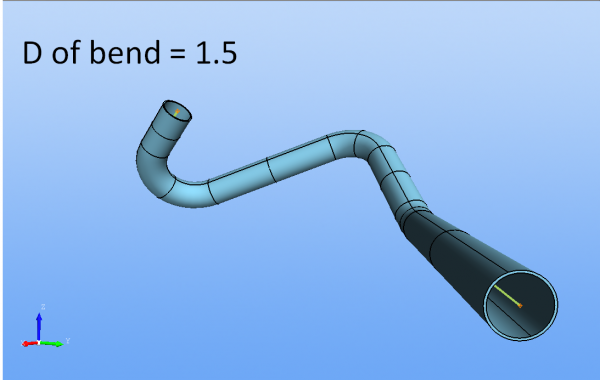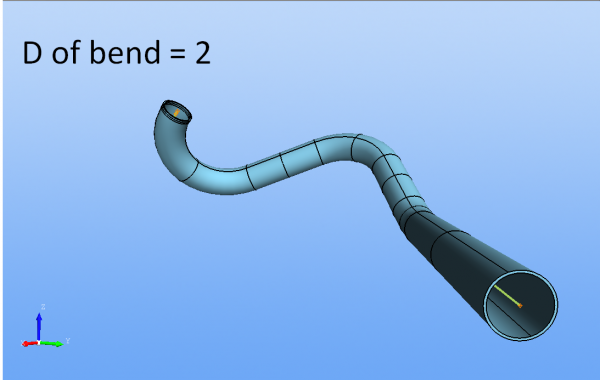Difference between revisions of "D of Bend"
(→Examples) |
(→How Is It Used?) |
||
| Line 13: | Line 13: | ||
==How Is It Used?== | ==How Is It Used?== | ||
| − | '''FABRICATORS:''' The D of bend value helps fabricators know if the radius is tight or large compared to the OD. It serves as a general guide for how difficult it will be to create a quality bend. It helps fabricators know what kind of tooling will be necessary to achieve the bend. It is useful, therefore, in building quotations for customers. | + | <br><br> |
| − | + | '''FOR FABRICATORS:''' The D of bend value helps fabricators know if the radius is tight or large compared to the OD. It serves as a general guide for how difficult it will be to create a quality bend. It helps fabricators know what kind of tooling will be necessary to achieve the bend. It is useful, therefore, in building quotations for customers. | |
| − | ''' | + | <br><br> |
| + | '''FOR DESIGNERS:''' It is also helpful for designers as a limit for what is practical. | ||
It is common for fabricators will tell customers the lower limit for their D of bend capability. | It is common for fabricators will tell customers the lower limit for their D of bend capability. | ||
Revision as of 15:42, 2 January 2020
- Back to VTube-STEP or VTube-LASER
Contents |
What is D of bend?
Tube fabricators sometimes indicate the centerline radius using D of bend.
We say it by speaking three words: "D of bend".
Some tube fabricators also say "D factor" to mean the same thing.
It is a ratio calculated like this: D of bend = Centerline Radius / OD
How Is It Used?
FOR FABRICATORS: The D of bend value helps fabricators know if the radius is tight or large compared to the OD. It serves as a general guide for how difficult it will be to create a quality bend. It helps fabricators know what kind of tooling will be necessary to achieve the bend. It is useful, therefore, in building quotations for customers.
FOR DESIGNERS: It is also helpful for designers as a limit for what is practical.
It is common for fabricators will tell customers the lower limit for their D of bend capability.
Examples
In most applications, a lower D of bend valued radii is less complex and therefore less expensive.
- D of bend = 2.00 is generally considered not difficult*
- D of bend = 1.50 is moderately difficult.
- D of bend = 1.00 is difficult.
- D of bend = 0.75 is very difficult and much more expensive.
D of bend values at 1 and below are possible - but are rare and require special benders that can press material into the bender's dies. (Most call this "carriage boost".)
'*'Other factors, like wall factor, impact what is difficult. Wall factor = OD / Wall Thickness



